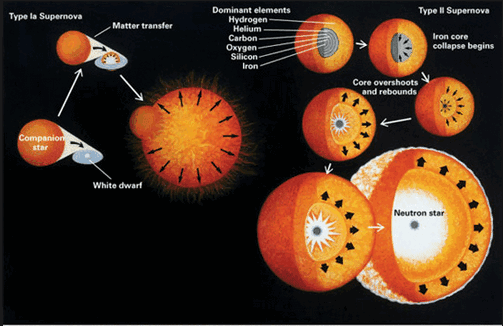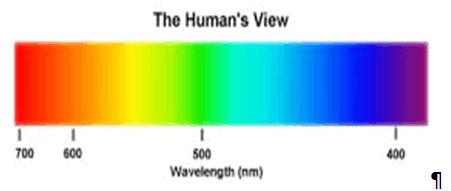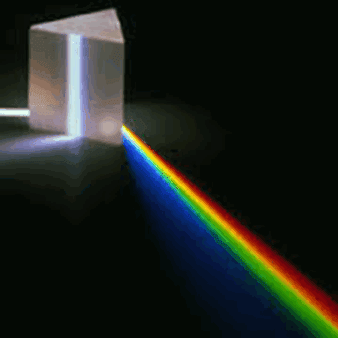Radio astronomy was founded with the work of Karl Jansky in the early 1930s, while working for Bell Labs. He built a radio antenna to look at potential sources of interference for transatlantic radio transmissions. One of the sources of noise discovered came not from Earth, but from the center of the Milky Way, in the constellation Sagittarius. In 1942, JS Hey captured the sun's radio frequency using military radar receivers.
Radio interferometry was pioneered in 1946, when Joseph Lade Pawsey, Ruby Payne-Scott and Lindsay McCready used a single antenna atop a sea cliff to observe 200 MHz solar radiation. Two incident beams, one directly from the sun and the other reflected from the sea surface, generated the necessary interference. The first multi-receiver interferometer was built in the same year by Martin Ryle and Vonberg. In 1960, Ryle and Antony Hewish published the technique of aperture synthesis to analyze interferometer data. The aperture synthesis process, which involves autocorrelating and discrete Fourier transforming the incoming signal, recovers both the spatial and frequency variation in flux. The result is a 3D image whose third axis is frequency. For this work, Ryle and Hewish were jointly awarded the 1974 Nobel Prize in Physics.
Radio interferometry was pioneered in 1946, when Joseph Lade Pawsey, Ruby Payne-Scott and Lindsay McCready used a single antenna atop a sea cliff to observe 200 MHz solar radiation. Two incident beams, one directly from the sun and the other reflected from the sea surface, generated the necessary interference. The first multi-receiver interferometer was built in the same year by Martin Ryle and Vonberg. In 1960, Ryle and Antony Hewish published the technique of aperture synthesis to analyze interferometer data. The aperture synthesis process, which involves autocorrelating and discrete Fourier transforming the incoming signal, recovers both the spatial and frequency variation in flux. The result is a 3D image whose third axis is frequency. For this work, Ryle and Hewish were jointly awarded the 1974 Nobel Prize in Physics.




















0 comments:
Post a Comment